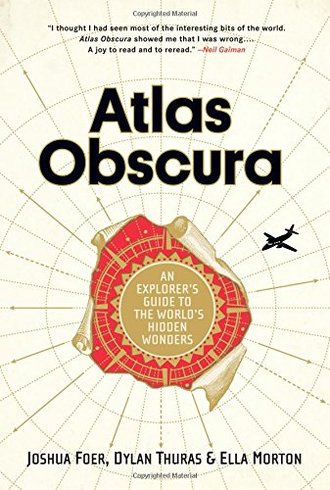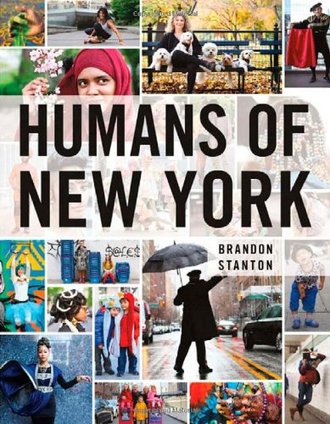Review of ATLAS OBSCURA
by Johny McFliggen, PhD Literature & Business, Oxford
"Atlas Obscura: An Explorer's Guide to the World's Hidden Wonders" by Joshua Foer, Dylan Thuras, and Ella Morton is an ambitious endeavor that attempts to pack the world's oddities into a single tome. Imagine if Indiana Jones and Carmen Sandiego collaborated on a scrapbook, and you'd still only scratch the surface of what this book offers. It is a guide not to the Seven Wonders of the World, but to the seven hundred wonders you probably haven't heard of, unless you're that one friend who always has an obscure fact ready at trivia night.
Joshua Foer, whose previous work "Moonwalking with Einstein" transformed memory techniques into a literary adventure, brings his flair for storytelling to the table. Dylan Thuras, co-founder of the Atlas Obscura website, adds a layer of authenticity and passion for the uncharted, while Ella Morton's editorial prowess weaves these elements seamlessly into a coherent narrative. The triumvirate has crafted a piece that is as much about the joy of discovery as it is about the places themselves.
What stands out about "Atlas Obscura" is its defiance of conventional travel guide norms. While Patricia Schultz's "1,000 Places to See Before You Die" might lead you to grand cathedrals and sunlit piazzas, this book lures you to hidden salt mines and eerie museums. It's as if "The Lonely Planet Guide" took a wrong turn into a magical realism novel and decided it liked it there. Each entry serves as a passport stamp from lands where reality borders on the surreal, reminding us that the world is far more wondrous than we often give it credit for.
The book's sheer volume can be both its strength and its Achilles' heel. With over 700 entries, it's a veritable encyclopedia of curiosities; however, one might feel like a tourist in a museum with too many exhibits and too little time. Some entries are tantalizingly brief, leaving you yearning for more context—a reminder that a good travel book should sometimes slow down to appreciate the view rather than just hop from one strange stop to another.
Public reception has been largely positive, with critics appreciating its novelty and the fresh lens through which it views travel. Yet, there are murmurs of dissatisfaction about its depth—or potential lack thereof—akin to watching a highlight reel when you wanted the director's cut. Despite this, its inclusion on bestsellers lists and various accolades speaks volumes about its impact on travel literature.
For those who have grown weary of the well-trodden paths outlined in more traditional guides, "Atlas Obscura" offers a welcome detour. It celebrates curiosity and promotes the idea that exploration should be about the journey rather than just ticking off destinations. In a world where Google Earth can take you anywhere from your couch, this book urges you to lace up your boots and see the world's hidden wonders for yourself.
In conclusion, "Atlas Obscura" is a modern-day treasure map for those willing to follow where X marks unknown destinations. It's a reminder that there is still much magic left in the world if only we dare to look beyond the obvious. As an explorer's compendium, it succeeds admirably; just don't expect it to hold your hand while you wander off the beaten path.
Purchase Link: ATLAS OBSCURA on Amazon


